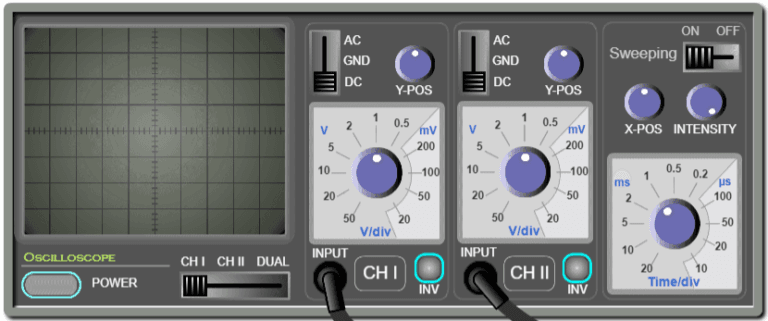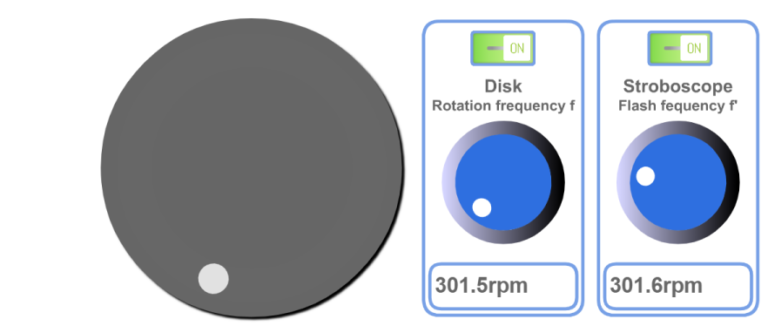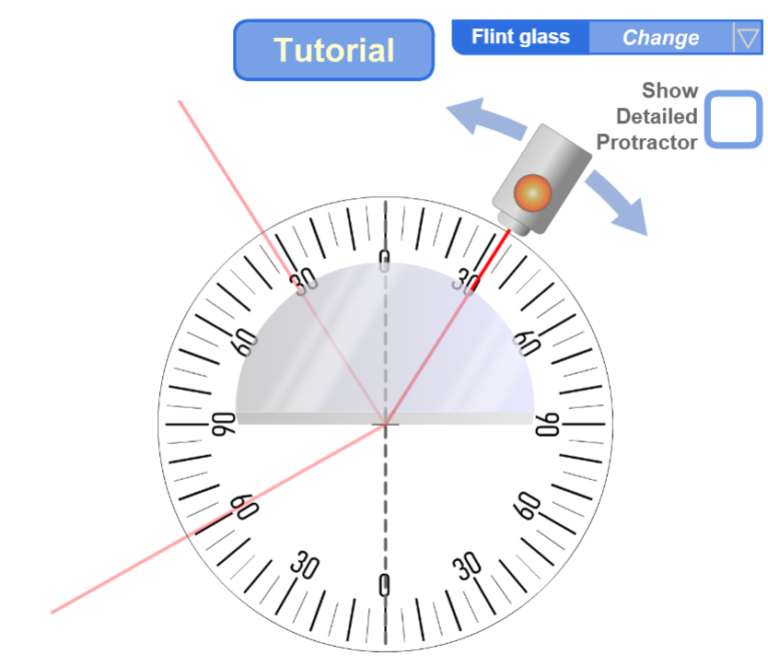Charging by Induction Simulation
Description:
This interactive simulation visually demonstrates the electrostatic phenomenon of charging by induction and by contact.
In the first stage, observe how a metallic ball becomes charged by induction when brought near a charged rod without direct contact. In the second stage, the rod touches the ball, resulting in charging by contact. You can toggle the visibility of charge indicators on both the ball and the rod for better clarity.
The simulation allows you to explore both positively and negatively charged rods, illustrating that both scenarios yield similar charge separation behavior. This rich virtual experiment is ideal for teaching static electricity and electrostatics in a safe, visual, and interactive environment.
For more information about this simulation go to: Simulation Manual: Charging by Induction.
للمزيد من المعلومات عن هذه المحاكاة إذهب إلى: دليل المحاكاة: الشحن بالتحريض.







Wonderful simuations.